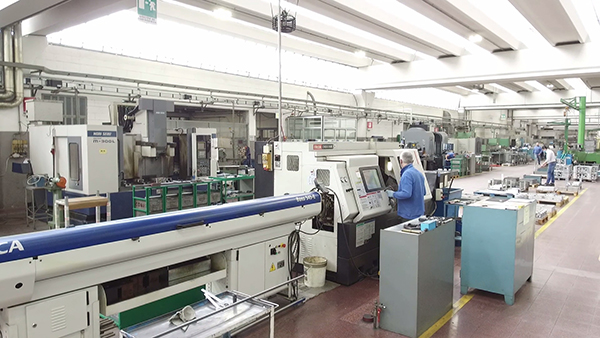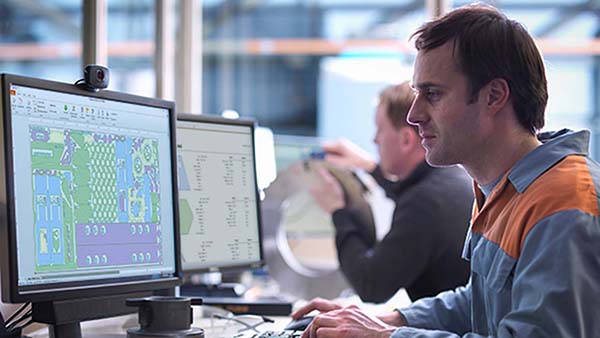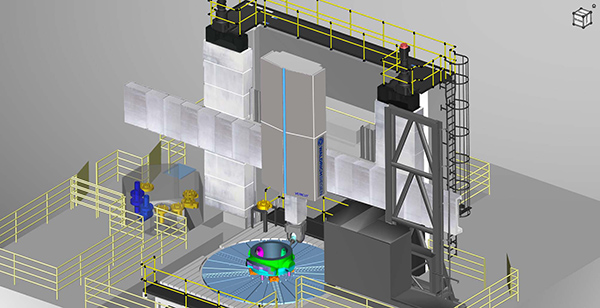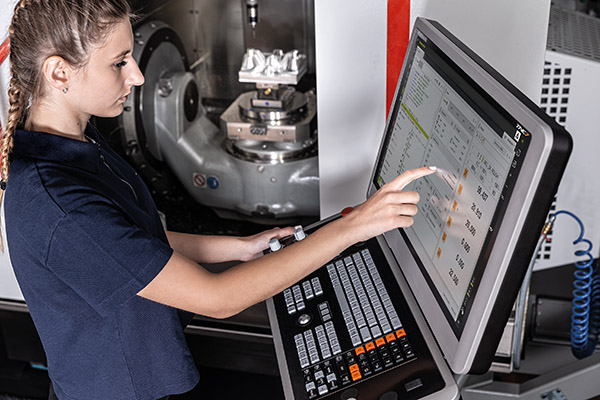
Comez International, a specialist in crochet warp knitting machinery technology, is using Dassault Systèmes’ digital planning and scheduling solutions to improve its production efficiency and competitiveness. Comez deployed Delmia Ortems applications to digitalise its manufacturing planning and improve the measurability, predictability and continuity of production processes.
With real-time data updates in a collaborative digital environment, Comez has a global view of all production elements, including machine tools, work orders, set-up and working hours. The company can quickly make decisions regarding the allocation and distribution of resources to fulfil orders and meet deadlines and product lead times, while reducing repetition and wasted time.
Since deploying Delmia Ortems applications, Comez has reduced forecast errors by 30%, production delays by 27% and set-up times by 20%, as well as increased production by 8%.
“We needed to become more efficient, effective and offer reliable and practical management planning,” says Paolo Malnati, general manager at Comez International. “We found the ideal partner in Dassault Systèmes, and their Delmia Ortems applications have helped immensely. During the Covid-19 pandemic, we had an unexpected and extremely important need: to double production for our mask-making machines. We had to quickly convert our production equipment to produce double the quantity in a very short amount of time. Without Delmia Ortems, this planning would not have been possible.”
Philippe Bartissol, vice president – industrial equipment industry, at Dassault Systèmes, adds: “Comez is able to meet the needs of its customers and boost its competitiveness by using Delmia Ortems to increase management capacity, strategic collaboration, productivity, visibility and agility.”
For further information
www.3ds.com






















